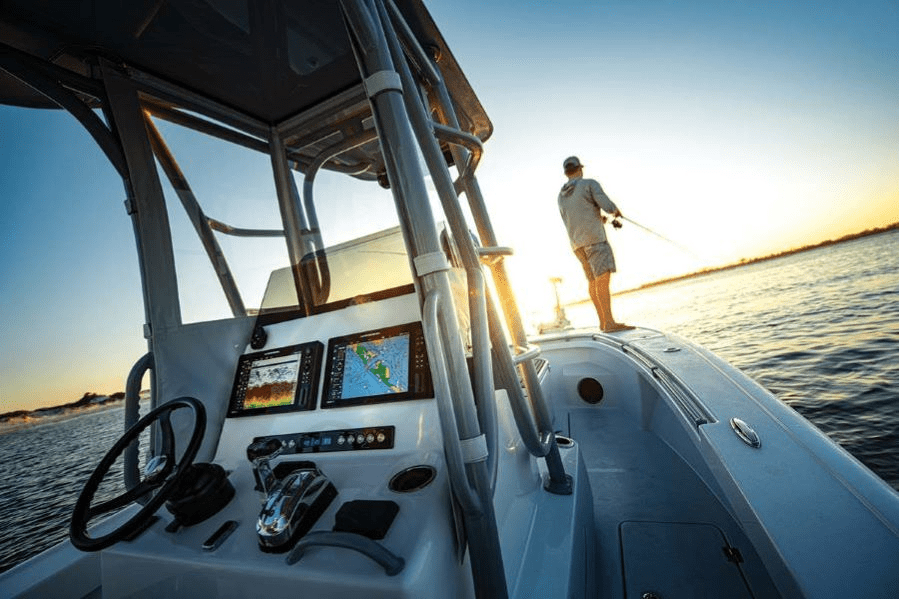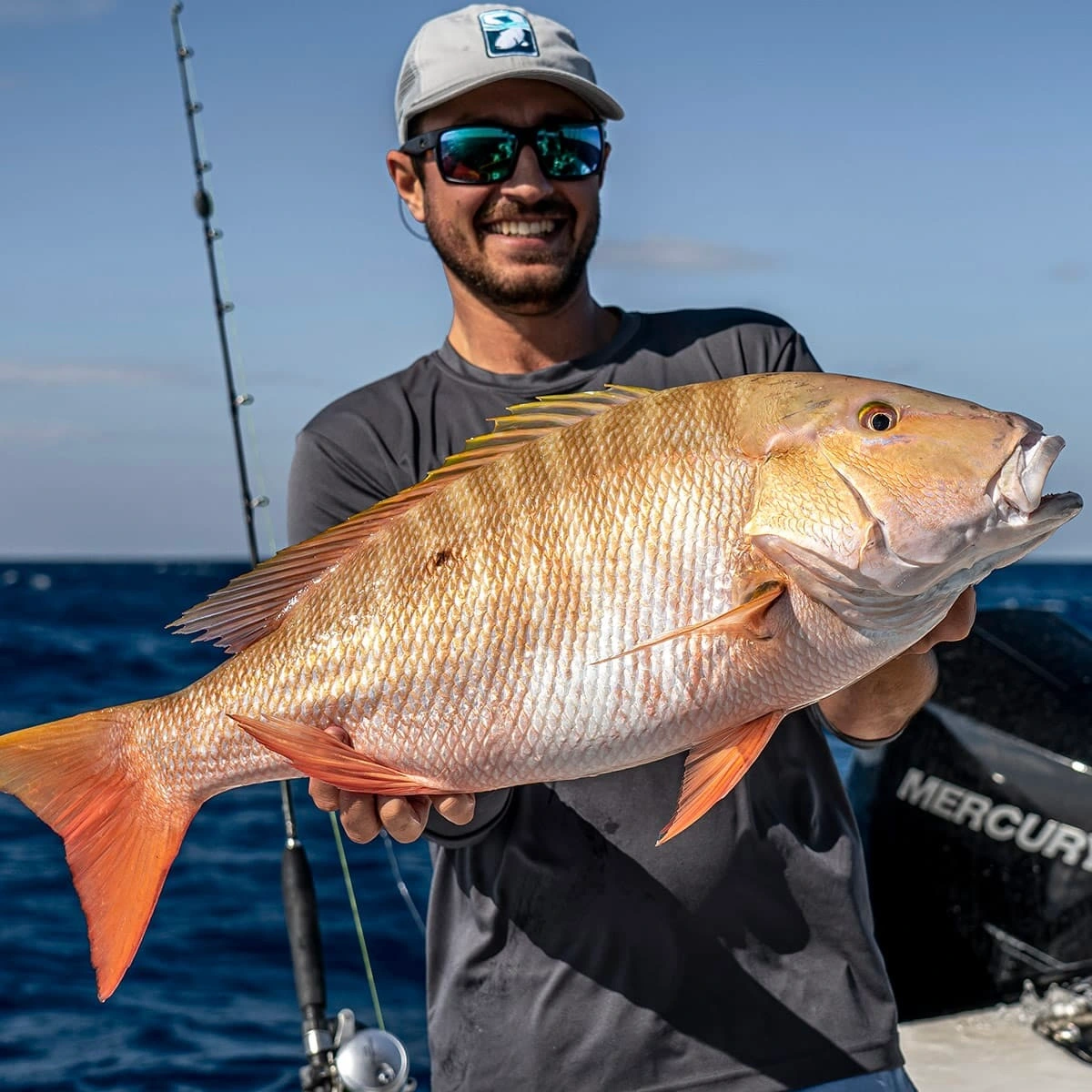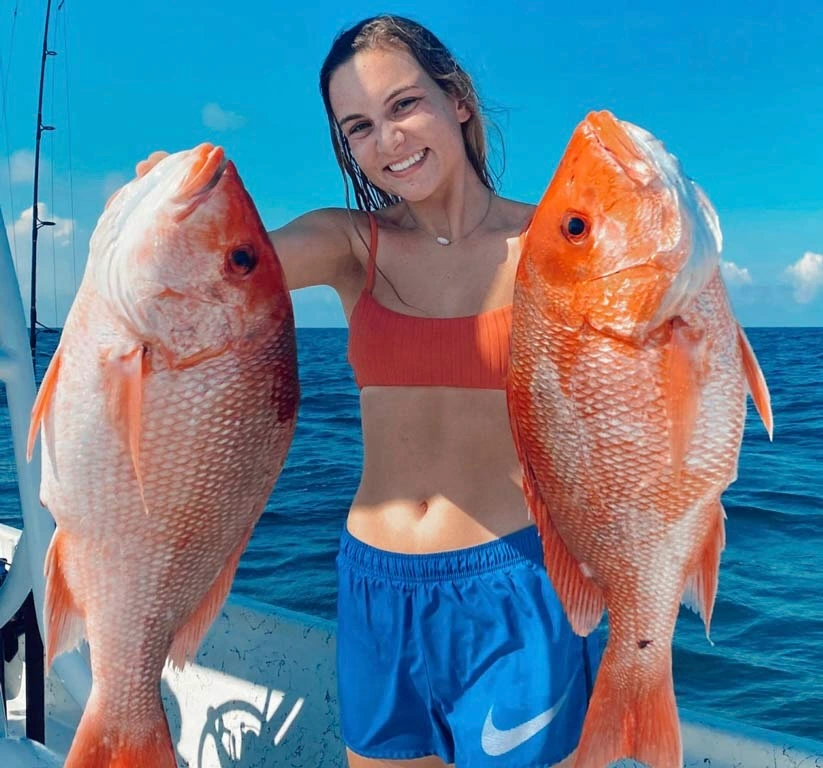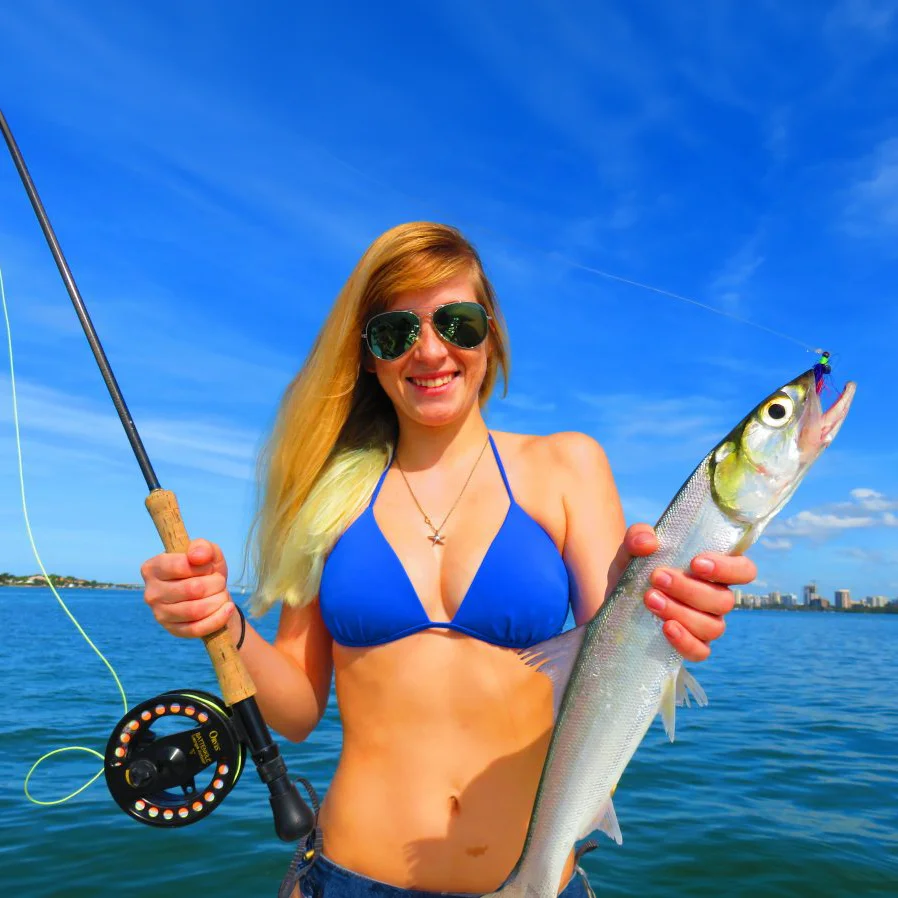Sailing Secure: Understanding IP Ratings for Your Marine Craft Electronics
Unraveling the IP Rating Code
Are IP ratings important? If you’ve been in the market for marine craft electronics or boating accessories, you’ve likely come across an alphabet soup of specifications. Some are easy to decode; we all understand the terms like length, width, and weight. But have you ever seen the term ‘IP Rating’ and wondered what it was all about? It’s time to dock your worries because this blog is here to serve as your personal IP Rating guide.
Your Marine Electronics’ Shield
IP Rating, or Ingress Protection Rating, tells you how resistant an item is to intrusion from dust and water – crucial info when you’re planning to expose your marine electronics to the elements. Designed by the International Electrotechnical Commission’s (IEC’s) Technical Committee 70, the code grades the resilience of electronic enclosures against dust and water. Now, before you think about diving into the depths of IEC 60529 (the original document from 1976) for a light bedtime read, allow us to demystify it for you here. Just remember, the IP Rating is not the same as a waterproof depth rating.
Decoding IP Rating Numbers: No Decoder Ring Needed
Simplicity is the real beauty of IP Ratings. The code is made up of two numbers; the first referring to the protection level against “solid objects”, ranging from 0 (no protection) to 6 (full dust protection). The second number is about water protection, and goes from 0 (no protection) to 9 (resistant to high-pressure hot water from different angles). For example, IP67.
Here’s a quick cheat sheet –
Protection against Solids:
- 0 — No protection
- 1 — Protected against solid foreign objects 50mm diameter and greater
- 2 — Protected against solid foreign objects 12.5mm diameter and greater
- 3 — Protected against solid foreign objects 2.5mm diameter and greater
- 4 — Protected against solid foreign objects 1.0mm diameter and greater
- 5 — Dust protected
- 6 — Dust-tight
Protection against Liquids:
- 0 — No protection
- 1 — Protected against vertically falling water drops
- 2 — Protected against vertically falling drops when enclosure tilted up to 15°
- 3 — Protected against spraying water
- 4 — Protected against splashing water
- 5 — Protected against water jets
- 6 — Protected against powerful water jets
- 7 — Protected against the effects of temporary immersion in water
- 8 — Protected against the effects of continuous immersion in water
- 9 — Protected against high pressure and temperature water jets
And remember, if you ever see an “X” following an IP Rating, it simply means there’s no information available for that particular protection.
The Unsung Heroes of Your Boating Adventures
As you plan your next voyage, consider your marine craft electronics. They may not be the showstoppers of your boat (that’s your impressive captain’s hat, obviously), but they are the unsung heroes keeping your journey smooth and safe. By understanding IP Ratings, you’ll ensure that your gadgets can withstand the unpredictable splashes and dust of the boating life. So, let’s set sail to more informed shopping, mates! For anyone buying a boat in Florida, this blog has everything you need!!
Frequently Asked Questions (FAQ’s)
An IP (Ingress Protection) Rating indicates the degree of protection that a product offers against dust and water intrusion. It’s a useful specification to look out for when buying marine electronics and accessories.
It consists of two numbers. The first refers to protection against solid objects and ranges from 0 (no protection) to 6 (complete dust protection). The second number refers to liquid protection and ranges from 0 (no protection) to 9 (resistant to high-pressure hot water from various angles).
Generally, higher IP Ratings indicate better protection against dust and water. However, it’s crucial to consider your specific needs and boating environment. For example, if you are mainly in a freshwater environment, a device rated IPX7 (protected against temporary immersion) might be sufficient. For saltwater environments, a higher rating like IPX8 (protected against continuous immersion) would be better due to the corrosive nature of saltwater.
Not necessarily. A rating like IP67 indicates that the device is protected against the effects of temporary immersion in water, but it doesn’t mean it’s completely waterproof. Always check the specific product’s specifications for detailed information.
An “X” in a rating means there’s no information available for that particular type of protection. It’s best to consult the product’s manufacturer for more information in such cases.






 Discover Black Label Marine Group — Florida’s premier boat dealership. From Ocala to Clearwater to Punta Gorda, we offer an unparalleled boating experience with a curated selection of top brands like Sea Fox, Caymas, Crownline, and Finseeker. Dive into your next adventure with us and become part of the Black Label boating family!
Discover Black Label Marine Group — Florida’s premier boat dealership. From Ocala to Clearwater to Punta Gorda, we offer an unparalleled boating experience with a curated selection of top brands like Sea Fox, Caymas, Crownline, and Finseeker. Dive into your next adventure with us and become part of the Black Label boating family!